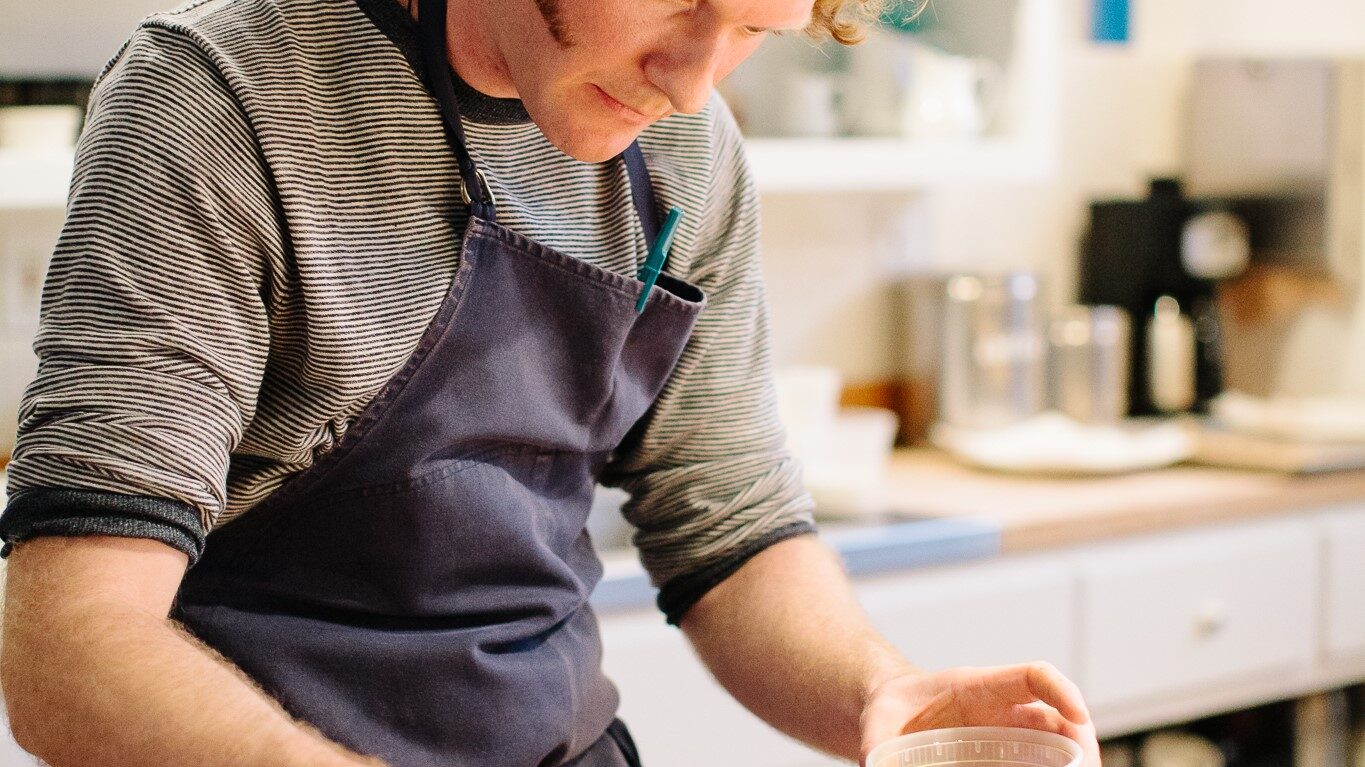Now that Millennials are even accused of killing sex, the idea of consumerism that has driven our economy must be reconsidered. Despite having unprecedented debt and facing the notion of being worse off financially than the generation before, socially conscious brands have been emerging with consumers of all ages, but probably none more than this group. Further, established brands have had to react to the changing market place driving industry change.
Despite the financial realities of millennials, by not buying houses, cars, diamonds and rounds of golf, they do have money to spend in other categories, and food and beverage has benefited greatly. The reasons can vary for a brand’s attraction, but common threads are that it is newer, smaller and has shared social values. Organics, free trade, humanely raised, and hand-crafted are all cues to woke consumers that this isn’t your father’s meal. Some brands are “woke-washing” their image by using terms like “natural” or “hormone free” even though no changes were made to the product or it is not an industry-condoned practice.
There's a growing segment of consumers that evaluate purchase decisions on a broader value set. Price consideration is lessened, & while convenience is important, it is balanced against other elements such as packaging waste & supporting local communitiesClick To TweetThe Winter Fancy Food Show is always a good place to find products that appeal to this woke consumer. It is more focused and manageable than Expo West, which cuts across many consumer categories, and a great place to see innovation and emerging trends. Companies exhibiting tend to be smaller, higher priced, and have a better story to tell. Making that story relevant and receptive to the woke consumer is critical to success. The way brands convey their messages across a diversifying marketplace is more challenging than ever due to a few trends, noted below:
Channel Disparity
E-commerce is still developing. Only 13% of retail purchases happened online in 2018, and perishable food in particular trails other categories. Consumers may be finding your brand in gourmet food stores and Whole Foods as well as Amazon, Walmart, and 7-11. Your positioning, presentation and customer can vary greatly, especially for products that are not entering a well-established category. One client with this challenge would like to be in the produce department but is often positioned next to soy sauce or broth.
Packaging
I just want to say one word to you…plastics. Yes, packaging is prime real estate for messaging and conveying the brand message, but the woke consumer is considering packaging beyond that. The “war on straws” is well underway and Whole Foods made it clear that a peeled orange in plastic packaging is unnecessary. As people wake up to environmental threats, their understanding of sustainability is more encompassing. At one point, Food Miles were the marker of sustainability. Then production and transportation inputs and outputs were considered, as well as the workers and communities producing it.
Certifications
While package claims can play fast and loose, certified labels provide some level of credibility behind it and are becoming increasingly decipherable by the woke consumer. USDA Organic, NON-GMO Project Verified, Fair Trade, Marine Stewardship Council, and Certified Humane provide skeptical consumers with an added credibility of the claim certified by a third-party.
The days of households balancing the checkbook by minimizing the food budget and selecting the brand with the best deal or biggest coupon that week are not over.
For more insights on communication and brand strategy, industry trends and more, subscribe today to the Weekly Buzz here.

